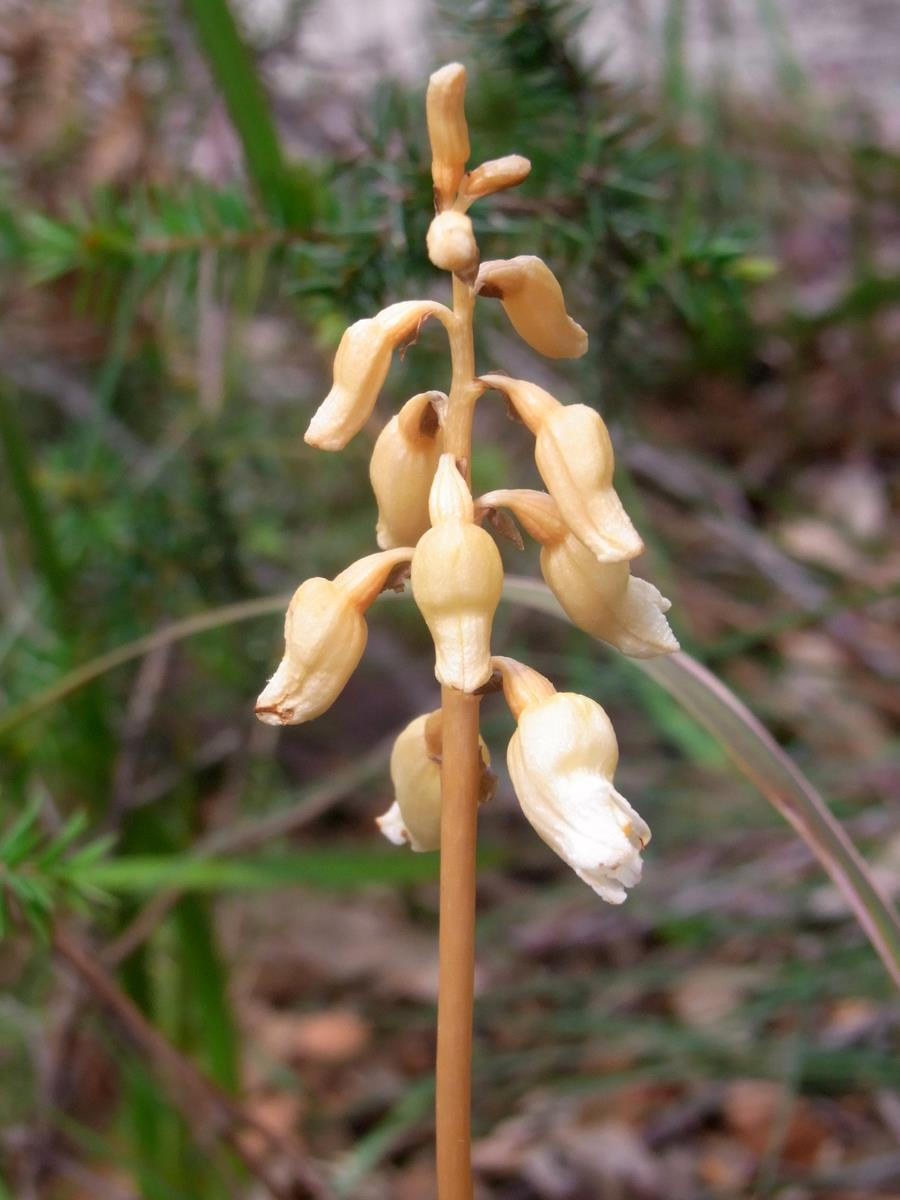
Saprophytic plants lack?
A.Chlorophyll
B.Vascular tissues
C.Roots
D.Flowers
Answer
566.1k+ views
Hint: Saprophytic is the method of sustenance in which life forms feed on dead and rotting matter. Model organisms. In saprotrophic method of sustenance, the crucial supplements required for their body are gathered from dead and rotting matter.
Complete answer:
Saprophytic: would be inaccurate as plants are in reality not saprophytic. A similar issue comes in with saprophytic versus saprotrophic. My anxiety is this, for what reason were we instructed that "saprophytic" or saprotrophic organisms are saprophytes as this would appear to be wrong. Late distributions course books actually allude to saprophytes. To add to this, there truly is nothing of the sort as a "saprophyte" with regards to plants.

Plants basically don't have the physiology to separate dead natural issues. There are, to be sure, non-photosynthetic plants, however those sort of plants are unavoidably parasitic, either legitimately parasitizing different plants (like dodder or numerous orobanche) or are micro-heterotrophs (like monotonic) that parasitize mycorrhizal organisms Well, saprophyte is an out of date term. In the event that we take the meaning of saprophyte: "a living being which gets its energy from dead and rotting natural issues' ', unmistakably no plant (in exacting present day sense) will suit this, as you accurately state. Saprophyte ought not to be utilized any longer.
Hence the correct answer is OPTION(A)
Note: Saprotrophic microscopic fungi are sometimes called saprobes; saprotrophic plants or bacterial greenery are called saprophytes (sapro-+ - phyte, "spoiled material" + "plant"), however it is presently accepted that all plants recently thought to be saprotrophic are in certainty parasites of tiny growths or different plants.
Complete answer:
Saprophytic: would be inaccurate as plants are in reality not saprophytic. A similar issue comes in with saprophytic versus saprotrophic. My anxiety is this, for what reason were we instructed that "saprophytic" or saprotrophic organisms are saprophytes as this would appear to be wrong. Late distributions course books actually allude to saprophytes. To add to this, there truly is nothing of the sort as a "saprophyte" with regards to plants.

Plants basically don't have the physiology to separate dead natural issues. There are, to be sure, non-photosynthetic plants, however those sort of plants are unavoidably parasitic, either legitimately parasitizing different plants (like dodder or numerous orobanche) or are micro-heterotrophs (like monotonic) that parasitize mycorrhizal organisms Well, saprophyte is an out of date term. In the event that we take the meaning of saprophyte: "a living being which gets its energy from dead and rotting natural issues' ', unmistakably no plant (in exacting present day sense) will suit this, as you accurately state. Saprophyte ought not to be utilized any longer.
Hence the correct answer is OPTION(A)
Note: Saprotrophic microscopic fungi are sometimes called saprobes; saprotrophic plants or bacterial greenery are called saprophytes (sapro-+ - phyte, "spoiled material" + "plant"), however it is presently accepted that all plants recently thought to be saprotrophic are in certainty parasites of tiny growths or different plants.
Recently Updated Pages
The number of solutions in x in 02pi for which sqrt class 12 maths CBSE

Write any two methods of preparation of phenol Give class 12 chemistry CBSE

Differentiate between action potential and resting class 12 biology CBSE

Two plane mirrors arranged at right angles to each class 12 physics CBSE

Which of the following molecules is are chiral A I class 12 chemistry CBSE

Name different types of neurons and give one function class 12 biology CBSE

Trending doubts
One Metric ton is equal to kg A 10000 B 1000 C 100 class 11 physics CBSE

Explain zero factorial class 11 maths CBSE

What is 1s 2s 2p 3s 3p class 11 chemistry CBSE

Discuss the various forms of bacteria class 11 biology CBSE

State the laws of reflection of light

An example of chemosynthetic bacteria is A E coli B class 11 biology CBSE




